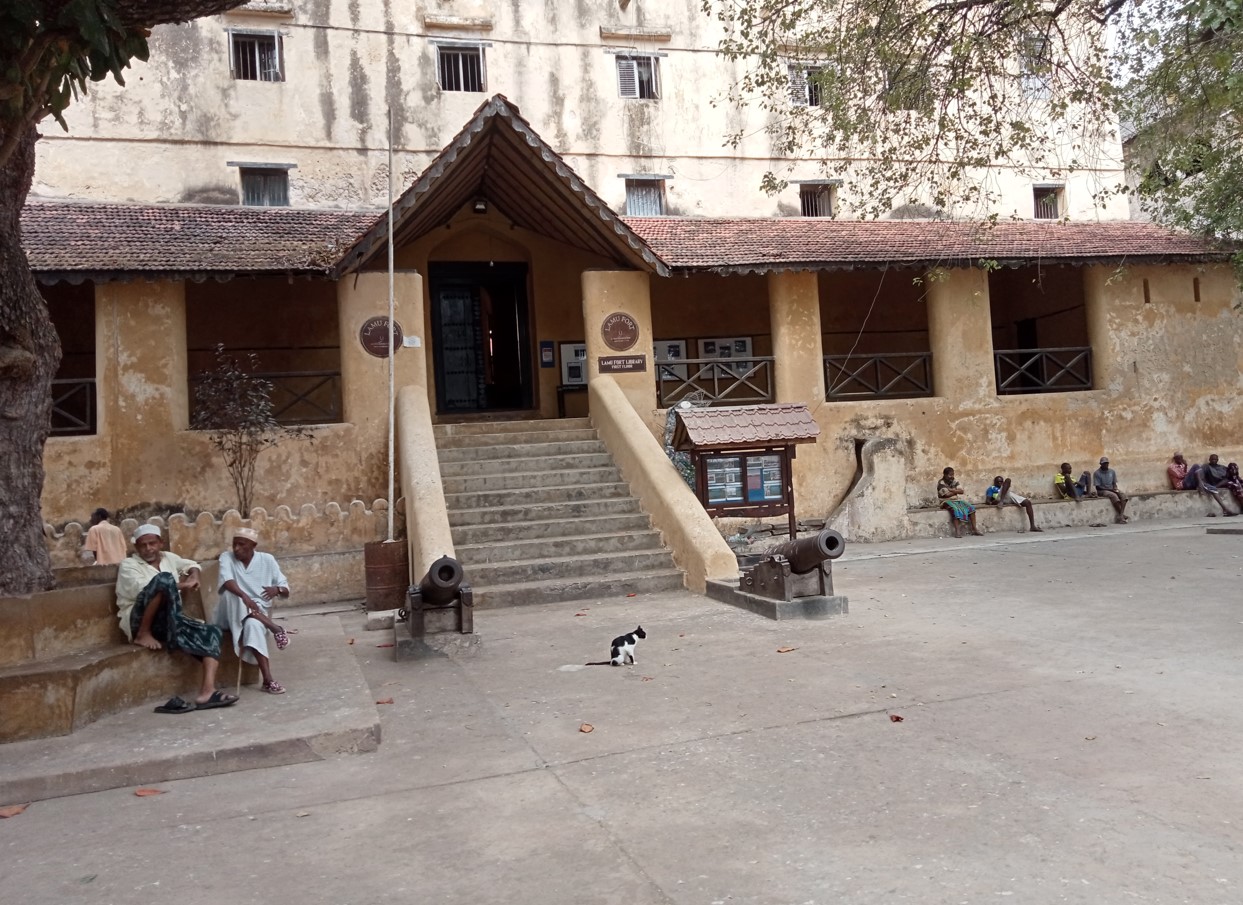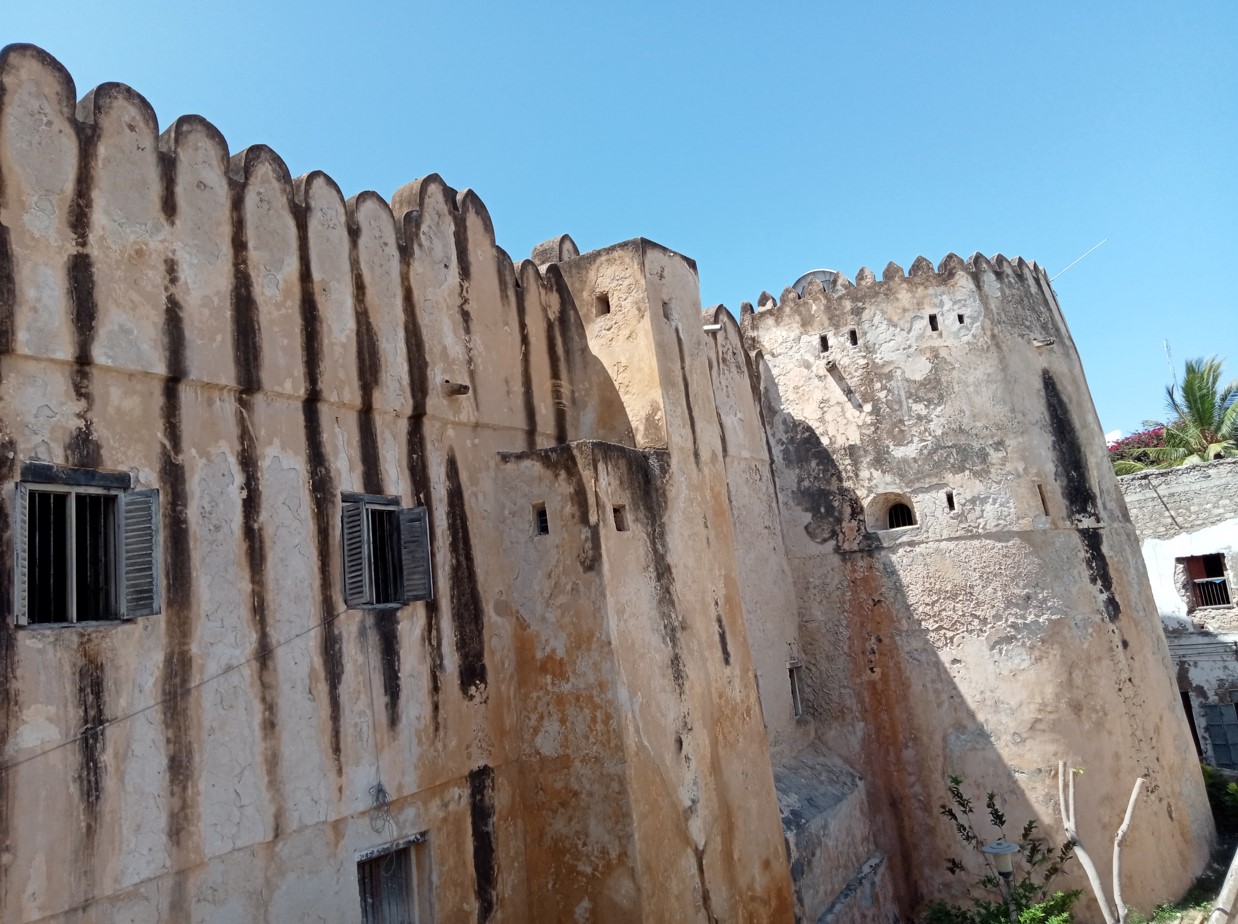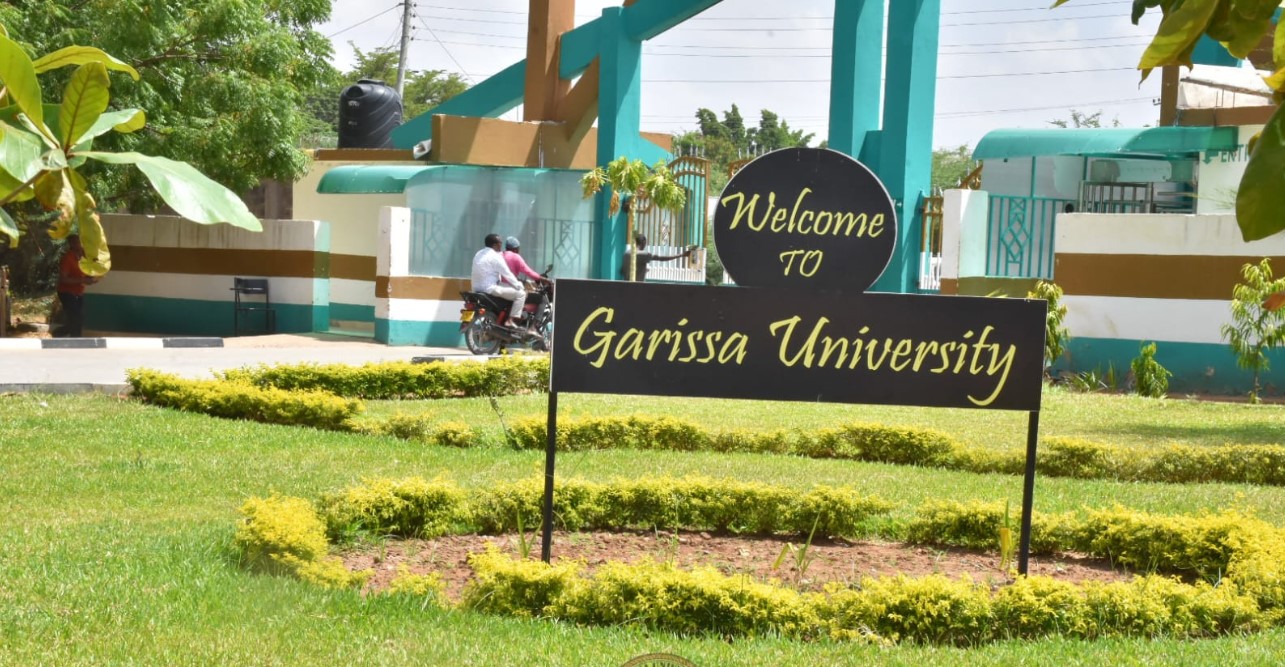Historic buildings in Lamu under threat of extinction

The National Museums of Kenya (NMK) is concerned that the situation is directly affecting the Lamu Heritage site, bearing in mind that the few existing old historical buildings in the area are also in dire need of restoration.
The art of designing, constructing and restoring old historical buildings in Lamu is under threat of extinction following the wasting away of most of the renowned architects due to old age.
The National Museums of Kenya (NMK) is concerned that the situation is directly affecting the Lamu Heritage site, bearing in mind that the few existing old historical buildings in the area are also in dire need of restoration.
More To Read
- Lamu nurses end 79-day strike after agreement with county government
- Kiunga residents in Lamu raise concerns over weapon testing near homes
- Lamu becomes first county to introduce digital mental health training
- Climate crisis imperils 43 per cent of world heritage sites, says IUCN
- Egypt's Khaled el-Enany nominated as UNESCO’s director-general
- Egypt reopens Pharaoh Amenhotep III’s tomb after 20 years of restoration
That cannot happen due to a lack of experts to undertake the same as most of the current craftsmen are elderly.
NMK Curator in charge of Lamu Museums and World Heritage Site, Mohammed Mwenje revealed that the archipelago currently has less than 50 artists who have mastered the skills of either constructing or restoring historical buildings with many of them having already reached retirement age.
Mwenje expressed fear that the historic buildings and even the art could completely disappear in the future considering it is only the older generation that understands it with the younger generation showing less interest in learning.
He urged the youth to adopt the craftsmanship of historical and old building design, construction, and restoration just for the sustenance of the art and as a source of livelihood, considering it is a field less frequented.
 The Lamu Fort building with over 200 years of existence. It is among the oldest, historical buildings found in Lamu Old Town. (Photo: Farhiya Hussein)
The Lamu Fort building with over 200 years of existence. It is among the oldest, historical buildings found in Lamu Old Town. (Photo: Farhiya Hussein)
“Many historical buildings in Lamu Old Town have been abandoned, leaving many of them on the verge of collapse and even becoming extinct. Remember, constructing or restoring a historical building is an expensive affair. The craftsmen to either design, construct or restore these historic buildings are also few and aged. Just recently, we buried one of the craftsmen,” said Mwenje.
Shee Mbwana, the Chair of the Lamu Council of Elders called on NMK, the government and well-wishers to intervene by introducing programs aimed at recruiting and training youth on the decades-old skills to prevent scenarios where such professions die.
“We can’t afford to let such an art die out just like that. These few craftsmen we have in Lamu, mostly the aged, might not have learnt the art in class, but they have skills no one can beat. Such skills need to be harnessed. By doing so, it will be passed from one generation to the other,” said Mbwana.
Abdalla Yusuf, one of the renowned Lamu Old Town historical building contractors, said most of them have no formal education but learnt the art through apprenticeship.
“Unfortunately, the modern masons lack the skills to either construct or restore the old buildings since they are used to applying cement in their construction. If things continue like this, then the art will disappear. That’s why we as the old building masons are agitating for the youth to embrace the art. We’re ready to offer free lessons to them,” said Abdalla.
 Mohamed Ali Mwenje, the NMK Curator in charge of Lamu Museums and World Heritage sites. (Photo: Farhiya Hussein)
Mohamed Ali Mwenje, the NMK Curator in charge of Lamu Museums and World Heritage sites. (Photo: Farhiya Hussein)
He admitted that the art of designing and constructing or restoring old historical buildings is unique, complicated and time-consuming.
The Lamu historic stone houses are often built on top of the ruins of even older houses of similar construction. Many elements of their design are recognisable in ruins dating from the 13th Century and before. The houses are constructed of coral limestone.
Other Topics To Read
Large chunks of coral stone, also known as a coral rag, are always set in a thick mortar of coral lime and sand to build both external and internal walls of at least half a metre thick.
Lamu Old Town alone which was listed as a UNESCO World Heritage site in 2001 has over 1000 traditional and old buildings and monuments which are key to the archipelago’s history and image.
Such structures also act as major tourist attraction sites in the region. The concern is, however, that many of them are currently in their sorry state with others having already collapsed.
Top Stories Today









































